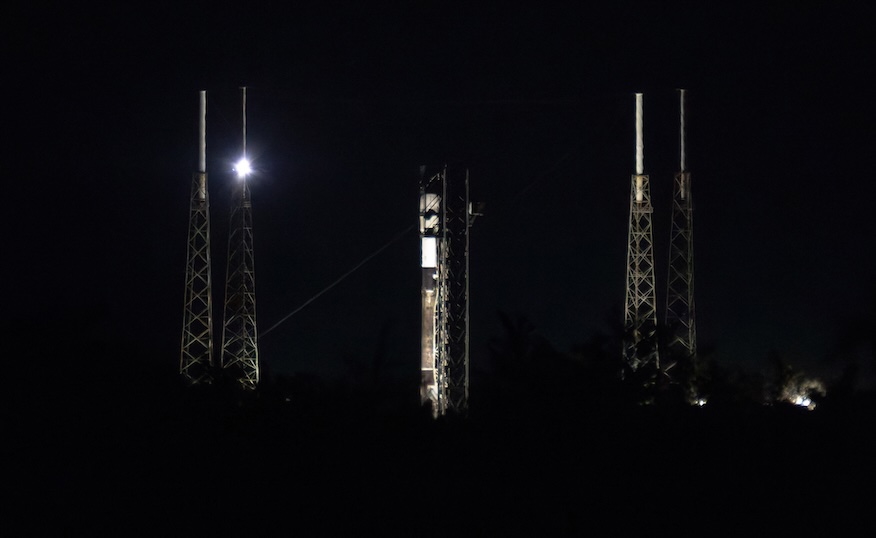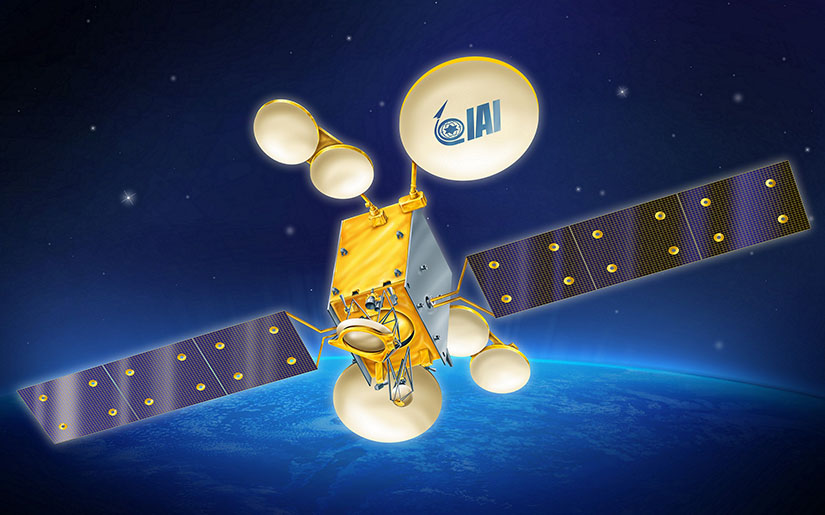
SpaceX is gearing up for a Falcon 9 launch carrying a classified payload for a client who prefers to maintain a low profile before the launch.
The mission, designated ‘Commercial GTO-1’ by SpaceX, is targeted for launch during a 3.5-hour window opening at 1:04 a.m. EDT (0504 UTC) on Sunday, July 13.
Spaceflight Now will provide live coverage starting approximately one hour before the scheduled liftoff.
The Falcon 9 will utilize booster B1083, making its 13th flight. Its prior missions include NASA’s Crew-8, Polaris Dawn, and CRS-31.
About 8.5 minutes post-launch, B1083 is slated to land on SpaceX’s droneship, ‘Just Read the Instructions.’ A successful landing would mark the 128th landing for this specific vessel and the 474th booster landing overall.
Secret Payload, Anonymous Customer
This mission is shrouded in unusual secrecy for a SpaceX commercial launch. Publicly available maritime and aviation advisories confirm that the satellite is destined for a geostationary transfer orbit.
According to a report by Walla! Communications Ltd., a subsidiary of The Jerusalem Post based in Tel Aviv, Israel, and some U.S. news outlets, the satellite is likely Dror 1, developed by Israel Aerospace Industries (IAI).

The company announced the satellite’s development in January 2020, stating it was designed for a 15-year operational lifespan. IAI indicated that its Systems, Missile and Space Group would be responsible for the satellite’s development.
“We are excited to move forward with Dror 1, the most advanced communication satellite ever built in Israel,” said Boaz Levy, IAI’s executive vice president and general manager of the SMS Group. “It will comprise numerous state-of-the-art technologies created here in Israel and contain highly-advanced digital capabilities.”
Dror 1 is designed to operate in geostationary Earth orbit, approximately 36,000 km above the surface. IAI’s January 2020 press release stated that the satellite is part of a 2018 Israeli strategy to establish an independent on-orbit communications system for national needs.
“This government decision stems from the understanding that the capability for communication independence is of critical national importance, as well as to enable the preservation of the knowledge and expertise that has been accumulated by Israel over the past years,” IAI stated.
According to a 2020 article in the Jewish News Syndicate (JNS), a news agency focusing on Israel and Jewish communities worldwide, the four-ton satellite includes multiple Israeli-made components and boasts a modular design akin to a smartphone.
“This is a fully digital satellite that can upload applications. It can broadcast data from one antenna and receive from another,” said Shlomi Sudri, general manager of IAI’s Space Division, to JNS.
The satellite appears to belong to IAI’s AMOS series of communication satellites, which are multi-band satellite buses weighing between 3 and 6 tons.
The last AMOS payload built by IAI launched on a SpaceX Falcon 9, AMOS 6, was lost in an explosion on the rocket’s upper stage on Sept. 1, 2016, during preparations for a static fire test.
While uncommon, the Commercial GTO-1 mission is not the first instance of SpaceX accommodating a customer’s request for launch secrecy. Launches for the National Reconnaissance Office and the U.S. Space Force are routinely conducted discreetly due to national security concerns.
In November 2024, SpaceX launched a mission simply designated TD7. Regulatory documents identified the payload as ‘Optus-X,’ linked to Optus, which in turn is connected to SingTel Australia Investment Ltd.





